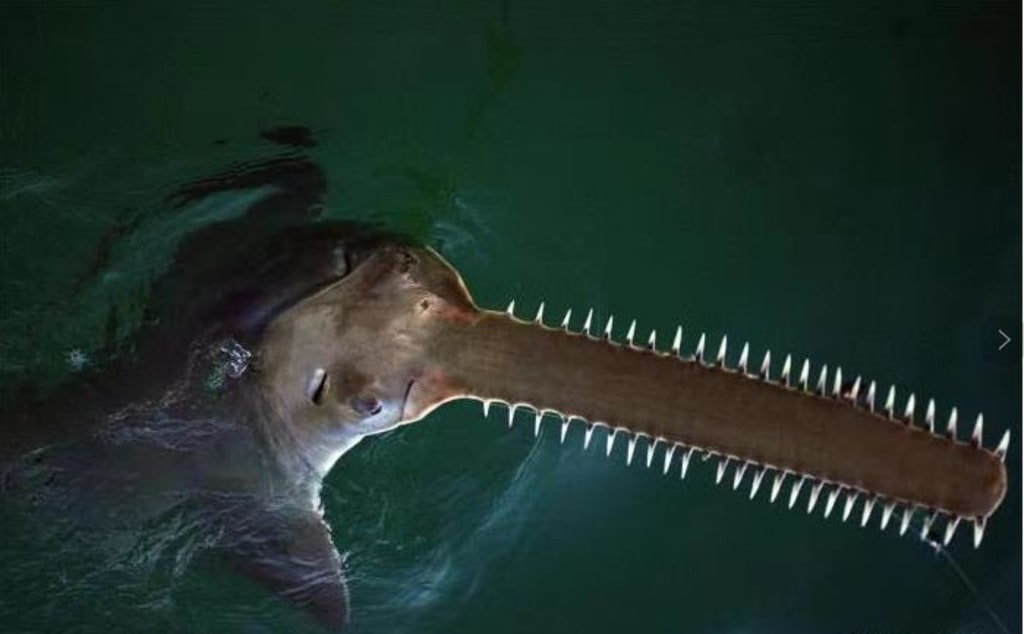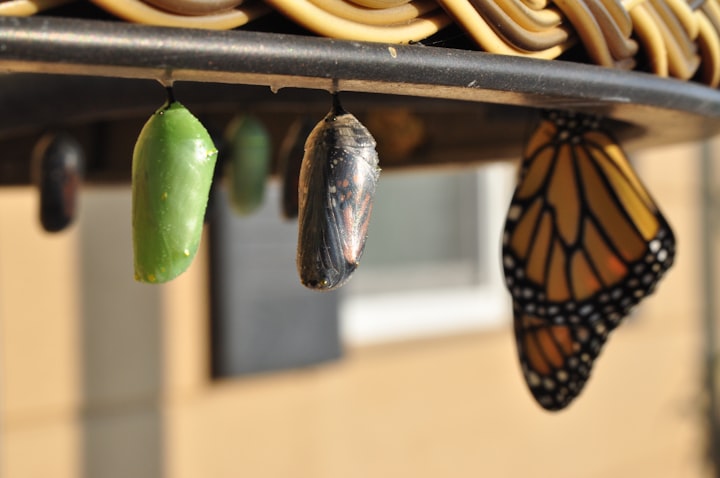Does a sawfish cut a man in half? Knife-sharp "shark swords" sell for hundreds of thousands of dollars each
Does a sawfish cut a man in half? Knife-sharp "shark swords" sell for hundreds of thousands of dollars each

In the ocean full of mystery, there are a lot of strange water creatures, one of them is a fish, because of the appearance of strange, and human attention, it is sawfish. Although saw rays look a bit like sharks, they are actually rays.
Sawfish are sometimes called carpenter sharks because they have a slender snout studded with sharp triangular transverse teeth, like carpenters' saws. The sawfish swings its "saw" from side to side to stun or cut through fish, crustaceans and other invertebrates before eating them.
The fish, which has a long "saw" on its head, attracted people to its terrifying appearance when it was first spotted. At first, people only knew that the "saw" on its head was as sharp as a human sword, and imagined that some sawfish used the sharp "saw" to run amok in the sea.
Sawfish are bottom-dwelling fish in the ocean. They can grow to nearly 9 meters in size and weigh hundreds of kilograms. The largest fish can even exceed 2000 kilograms. In the past, sawfish were often described in folklore as highly dangerous to humans, sinking boats and cutting people in half, but these are now known to be myths rather than facts.
Sawfish are actually docile and harmless to humans, except when caught, they do serious damage by swinging their "saw" from side to side to protect themselves.
The sawfish's "saw" can not only attack prey, but also rummage for food in the sea sand. It can also detect electromagnetic fields of hidden creatures through its "sensory nerve", which enables them to find prey accurately even in the dark.
Sawfish fossils date back to the Cretaceous period, more than 56 million years ago, meaning they survived a devastating biological catastrophe. Sawfish were once widespread, found in coastal and brackish estuarine waters, as well as freshwater rivers and lakes, in tropical and subtropical regions around the world.
Sawfish have few natural predators and are most threatened by sharks, crocodiles and dolphins. However, sawfish populations have declined dramatically in recent decades and all species are now endangered. There are a number of reasons for this, including the sawfish's long saw-shaped nose, which has long been sold as a souvenir or antique.
It is understood that the sawfish's "saw-shaped" long nose is known as "shark sword" or "bone knife shark sword" in the illegal market.
It is said that "shark sword" can be used to restrain houses, ward off evil spirits, and promote good luck. Sometimes, it is also used by Taoist priests to make magic tools (to defeat evil spirits and remove evil spirits, and to dispatch heavenly soldiers and generals). In some areas "Shark sword" and seven star sword, bronze rod, moon axe, stabbing ball together called "five treasures", a large "shark sword" price up to hundreds of thousands of yuan.
Historically, "shark swords" have not only been used in religious rituals and traditional medicine in different countries and regions, but also in parts of Southeast Asia, teeth from sawfish's long snout have been hand-made into tools or tied to the legs of fighting chickens. Sawfish meat is also eaten by humans and shark fins are also valuable.
Sawfish, once widespread in the eastern Atlantic and Mediterranean, are now rare, for example, because of human fishing and water pollution.
Perhaps in response, a recent study found that female comb tooth sawfish not only reproduce normally (bisexual reproduction), but also reproduce through parthenogenesis (parthenogenesis). The resulting pups will be clones of their mother.
Scientists speculate that this method of reproduction is a response to the low population size and inability to find normal mates. In order to prevent sawfish extinction, countries have introduced relevant protection measures, in the hope of saving the sawfish population continues to decline.





Comments
There are no comments for this story
Be the first to respond and start the conversation.